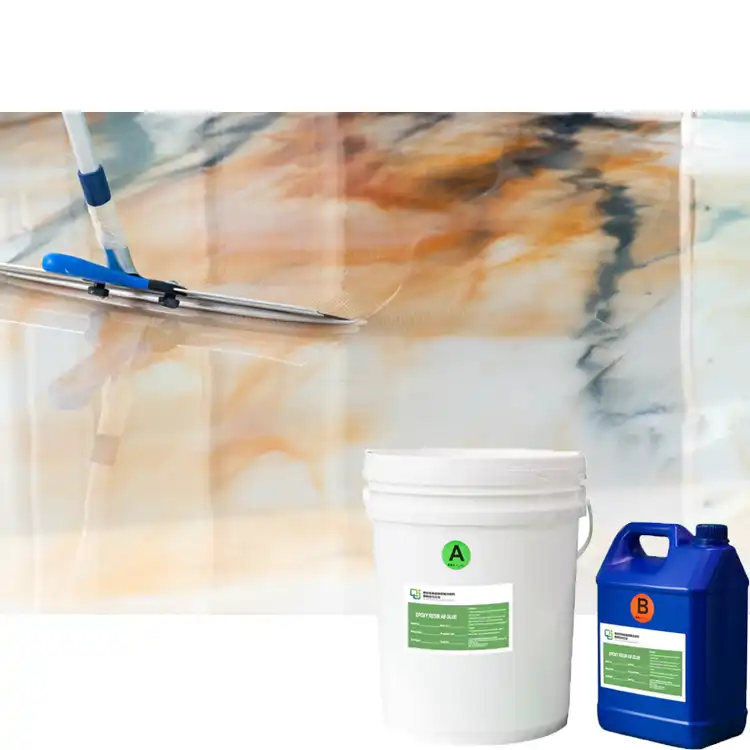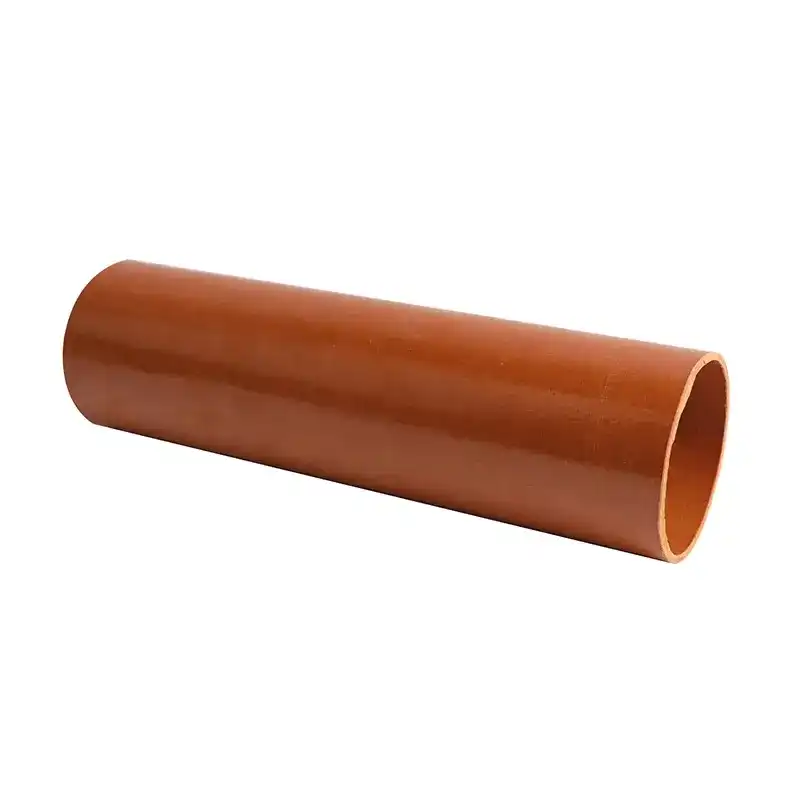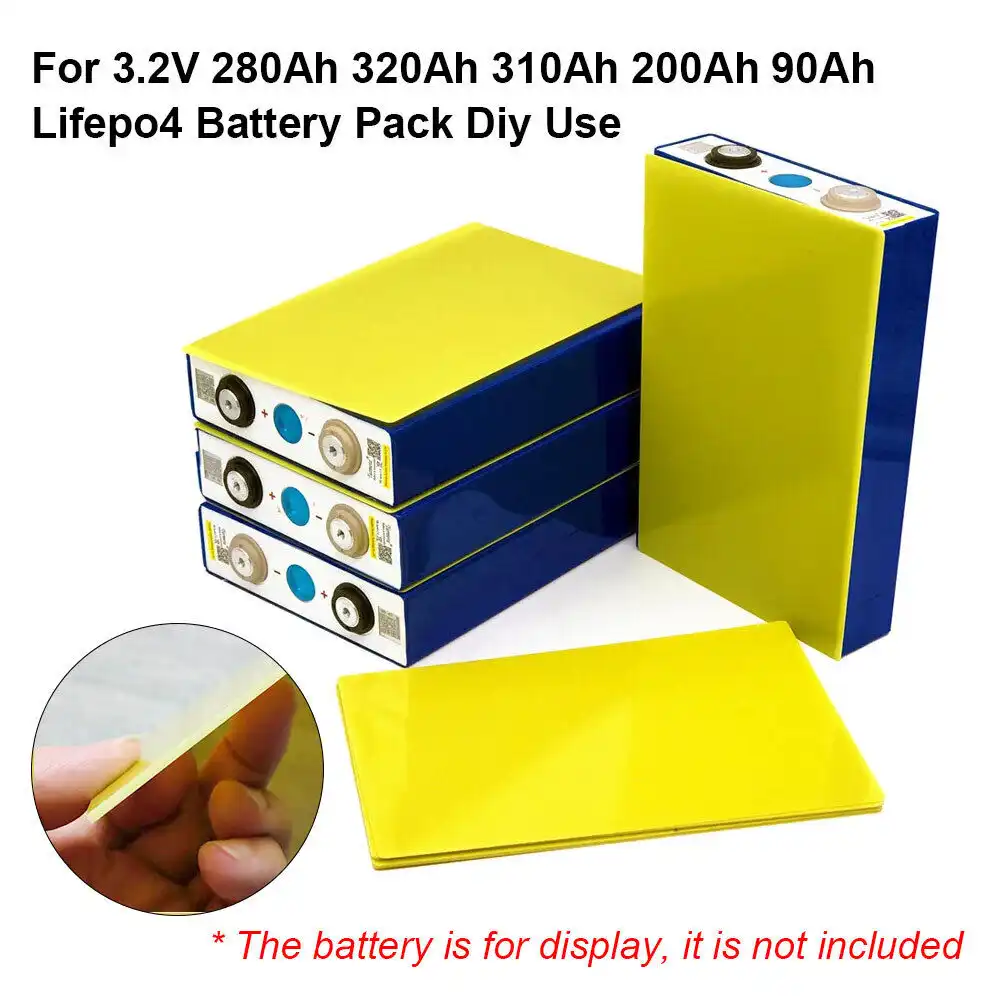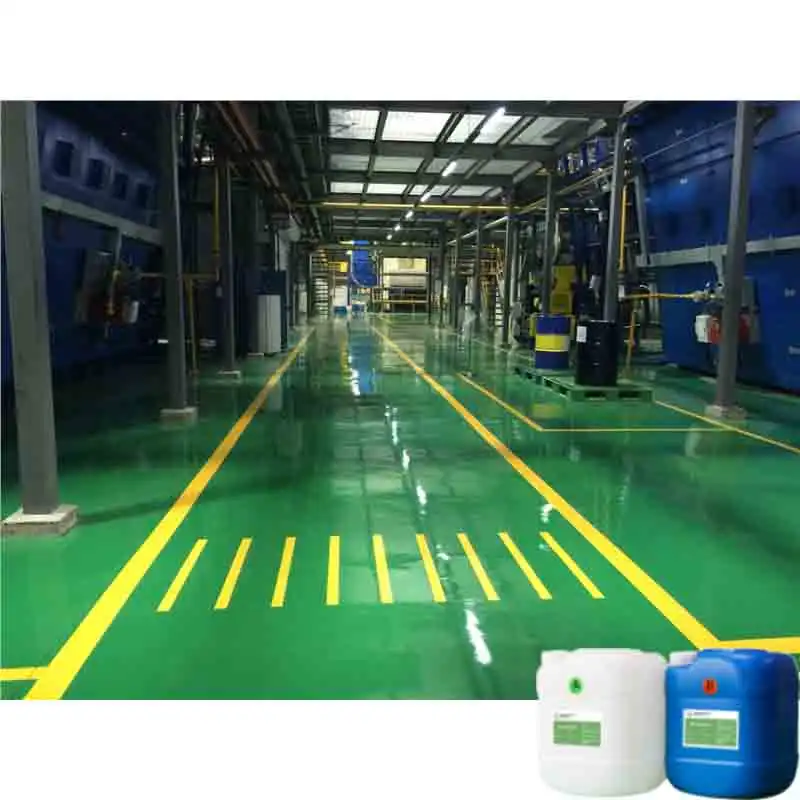What is the difference between HDPE and PVC board?
2024-10-10 14:00:53
In the world of industrial materials, HDPE (High-Density Polyethylene) and PVC (Polyvinyl Chloride) boards are two popular choices for a wide range of applications. Both materials offer unique properties and benefits, making them suitable for different uses. This comprehensive guide will delve into the key differences between HDPE boards and PVC boards, helping you make an informed decision for your specific needs.
Material Composition and Properties
HDPE Board Composition
HDPE boards, also known as HDPE plastic sheets, are made from high-density polyethylene, a thermoplastic polymer derived from petroleum. This material is characterized by its long chains of ethylene molecules, which give it its unique properties. HDPE boards are known for their exceptional strength-to-density ratio, making them lightweight yet durable.
PVC Board Composition
PVC boards, on the other hand, are composed of polyvinyl chloride, a synthetic plastic polymer. PVC is created through the polymerization of vinyl chloride monomers. This material is renowned for its versatility and can be formulated with various additives to enhance specific properties.
Comparative Analysis of Properties
When comparing HDPE and PVC boards, several key properties stand out:
- Density: HDPE boards typically have a lower density than PVC boards, making them lighter and easier to handle.
- Chemical Resistance: HDPE plastic sheets exhibit superior chemical resistance, particularly against acids and bases
- Flexibility: PVC boards are generally more flexible and can be easily molded into various shapes.
- UV Resistance: HDPE boards have better natural UV resistance, making them more suitable for outdoor applications without additional treatments.
- Thermal Properties: HDPE boards have a higher melting point than PVC boards, allowing them to withstand higher temperatures.
Applications and Industry Usage
HDPE Board Applications
HDPE boards find extensive use in various industries due to their unique properties:
- Marine Industry: HDPE plastic sheets are often used for boat hulls, docks, and marine cutting boards due to their excellent water resistance and durability.
- Food Processing: The food-safe nature of HDPE makes it ideal for cutting boards, food handling equipment, and storage containers.
- Construction: HDPE boards are used in construction for moisture barriers, temporary road surfaces, and erosion control.
- Chemical Processing: Their chemical resistance makes HDPE boards suitable for chemical storage tanks and linings.
PVC Board Applications
PVC boards also have a wide range of applications across different sectors:
- Construction: PVC boards are commonly used for interior wall cladding, ceiling panels, and door frames.
- Signage: Due to their printability and ease of fabrication, PVC boards are popular in the signage and advertising industry.
- Furniture: PVC boards are used in the manufacture of lightweight, durable furniture and cabinetry.
- Electrical: PVC's insulating properties make it suitable for electrical conduit systems and cable management.
Comparative Advantages in Different Industries
While both materials have their merits, certain industries favor one over the other:
- Outdoor Applications: HDPE boards are preferred for outdoor use due to their superior UV resistance and weather durability.
- Indoor Finishing: PVC boards are often chosen for interior applications due to their fire-retardant properties and ease of cleaning.
- Heavy-Duty Industrial Use: HDPE boards are typically selected for applications requiring high impact resistance and chemical inertness.
- Decorative Applications: PVC boards offer a wider range of colors and finishes, making them more suitable for decorative purposes.

Environmental Impact and Sustainability
HDPE Board Environmental Considerations
HDPE boards have several environmental advantages:
- Recyclability: HDPE is highly recyclable and can be repurposed multiple times without significant loss of quality.
- Energy Efficiency: The production of HDPE boards typically requires less energy compared to PVC boards.
- Non-Toxic: HDPE does not contain chlorine or other potentially harmful additives, making it safer for the environment.
PVC Board Environmental Considerations
PVC boards have some environmental challenges:
- Chlorine Content: The production and disposal of PVC can release chlorine compounds, which are environmental concerns.
- Additives: Some PVC formulations contain phthalates and other additives that may have environmental impacts.
- Recycling Challenges: While PVC can be recycled, the process is more complex due to the variety of additives used in different PVC products.
Sustainability Comparison
When comparing the sustainability of HDPE and PVC boards:
- Life Cycle Assessment: HDPE boards generally have a more favorable life cycle assessment due to their easier recyclability and lower environmental impact during production.
- Long-Term Durability: Both materials offer excellent durability, contributing to resource conservation through extended product life.
- End-of-Life Options: HDPE boards provide more straightforward recycling options, while PVC boards may require specialized recycling processes.
Conclusion
In conclusion, the choice between HDPE and PVC boards depends on the specific requirements of your application. HDPE boards excel in outdoor, chemical-resistant, and food-safe applications, while PVC boards offer advantages in indoor, decorative, and flexible applications. Consider factors such as durability, chemical resistance, environmental impact, and specific industry needs when making your selection.
Contact Us
With over 20 years of experience in producing and selling insulating sheets and more than a decade in foreign trading, our company is well-equipped to provide expert guidance on selecting the right material for your needs. Whether you're leaning towards HDPE plastic sheets or considering PVC boards, we're here to help you make the best choice for your project. For more information about our products or to discuss your specific requirements, please don't hesitate to contact us at info@jhd-material.com. Our team of experts is ready to assist you in finding the perfect solution for your application.
References
1. Thompson, R. C., et al. (2009). "Plastics, the environment and human health: current consensus and future trends." Philosophical Transactions of the Royal Society B: Biological Sciences.
2. Andrady, A. L., & Neal, M. A. (2009). "Applications and societal benefits of plastics." Philosophical Transactions of the Royal Society B: Biological Sciences.
3. Lithner, D., Larsson, Å., & Dave, G. (2011). "Environmental and health hazard ranking and assessment of plastic polymers based on chemical composition." Science of The Total Environment.
4. Wypych, G. (2016). "Handbook of Polymers." ChemTec Publishing.
5. Geyer, R., Jambeck, J. R., & Law, K. L. (2017). "Production, use, and fate of all plastics ever made." Science Advances.
6. Ragaert, K., Delva, L., & Van Geem, K. (2017). "Mechanical and chemical recycling of solid plastic waste." Waste Management.







